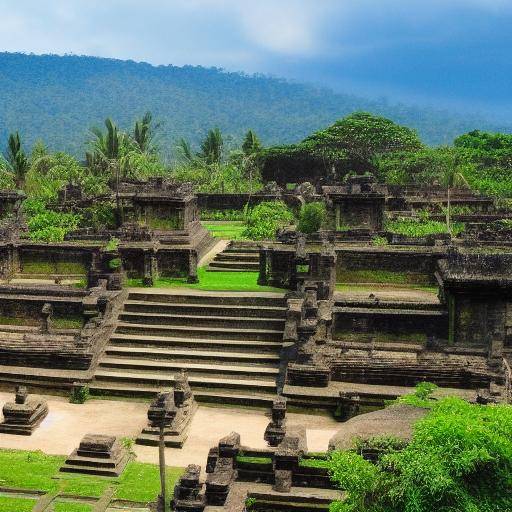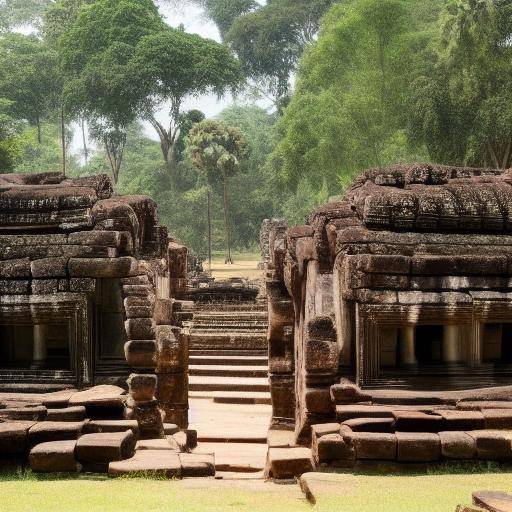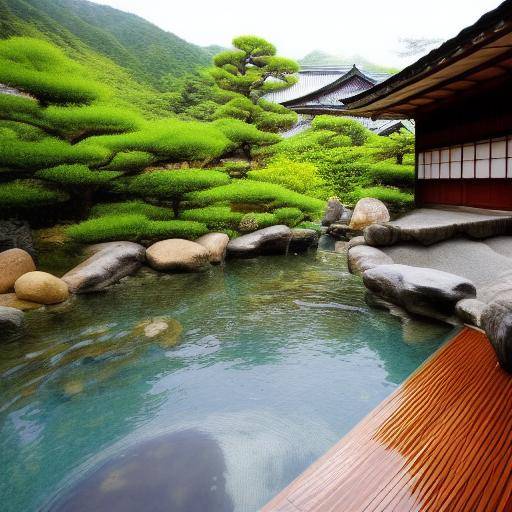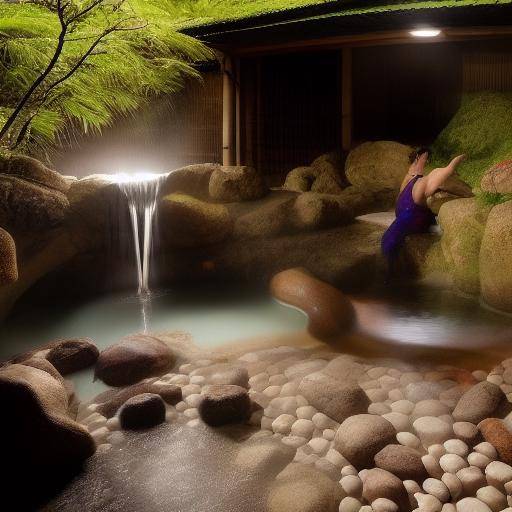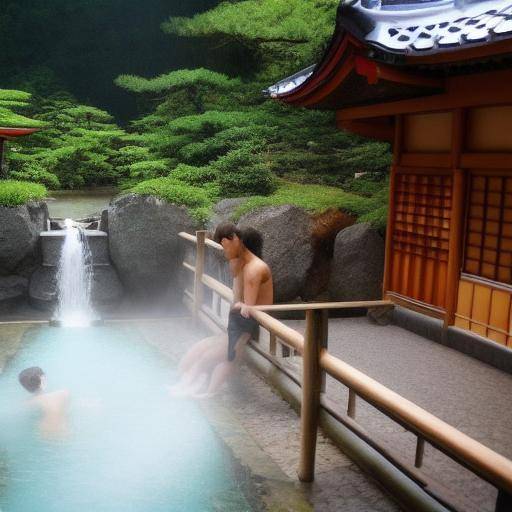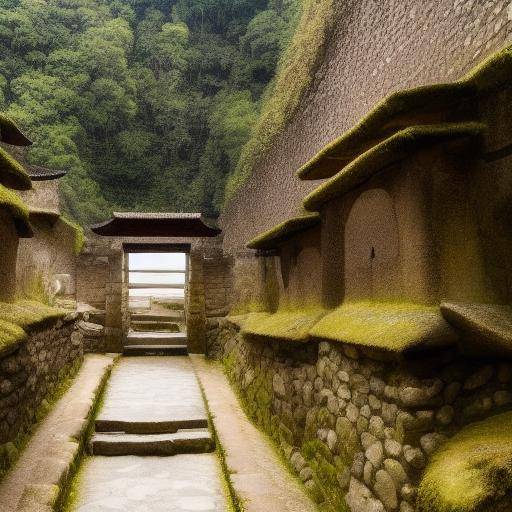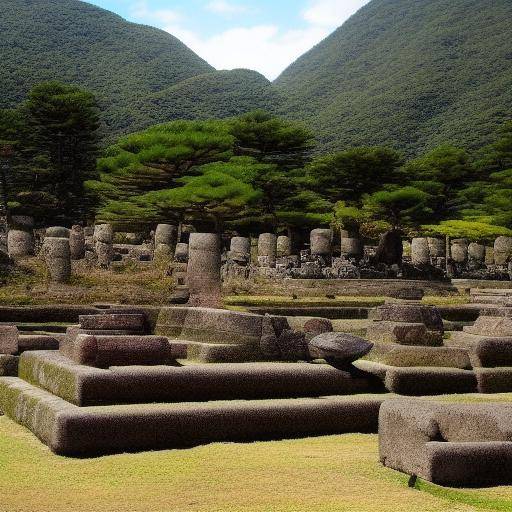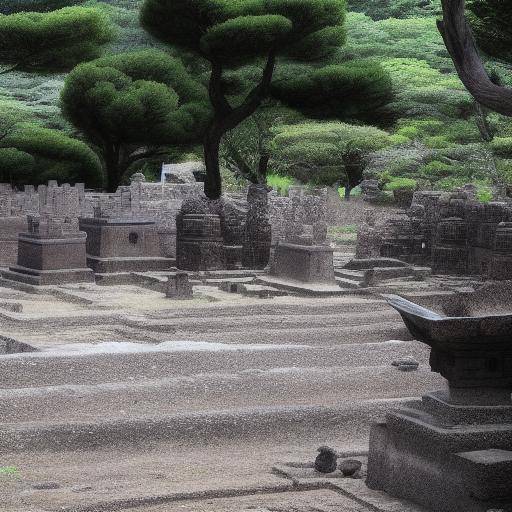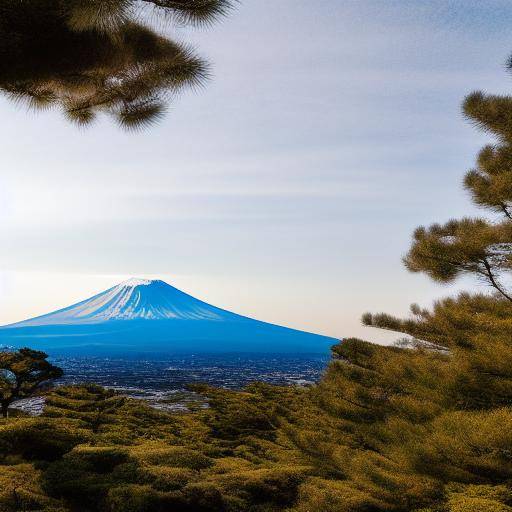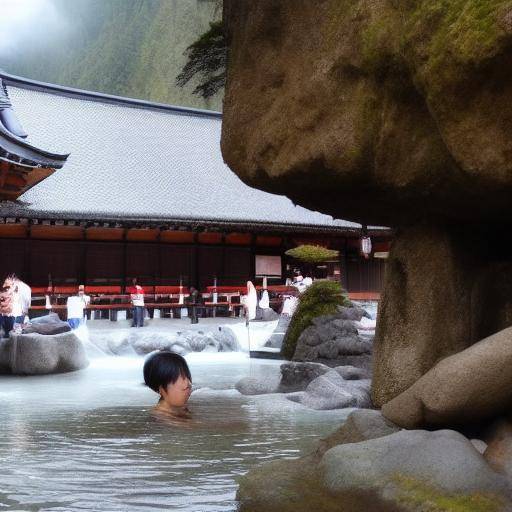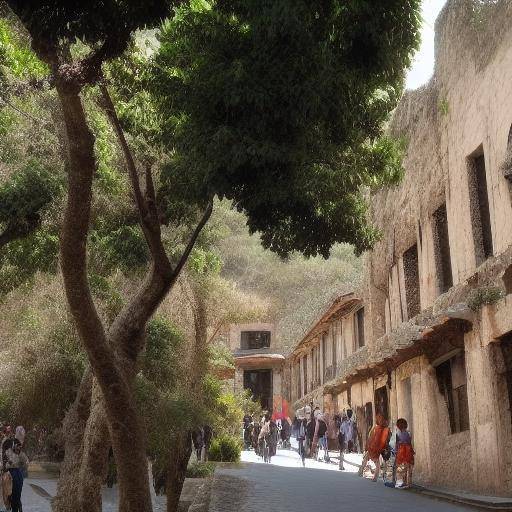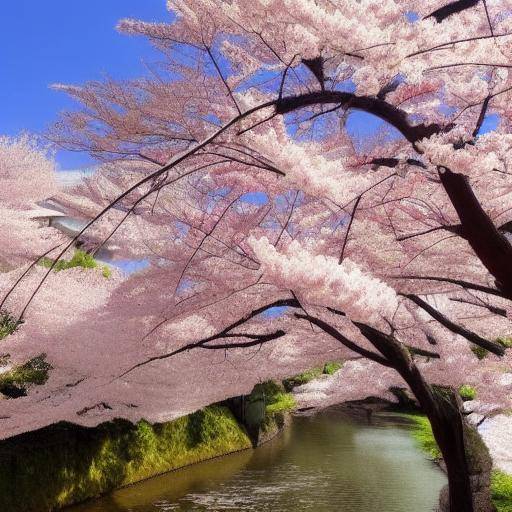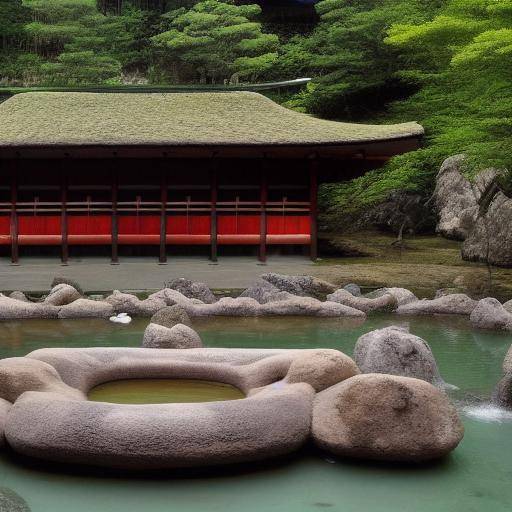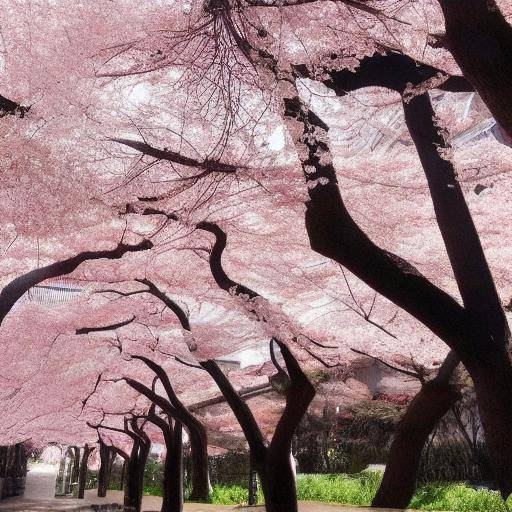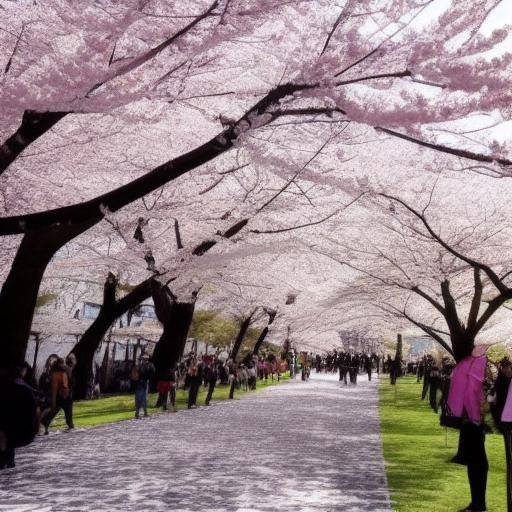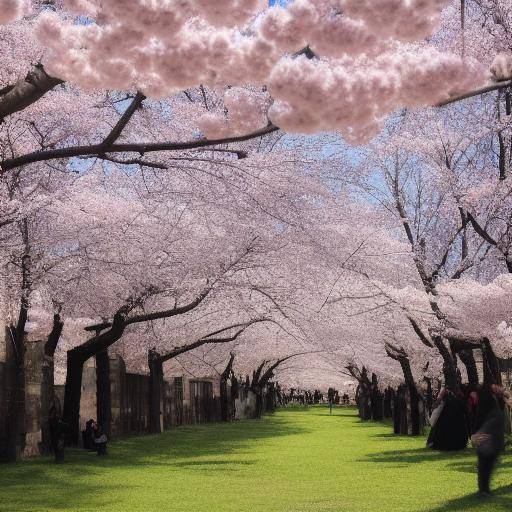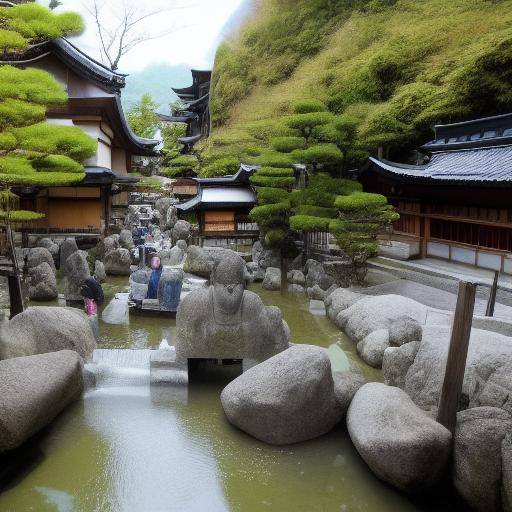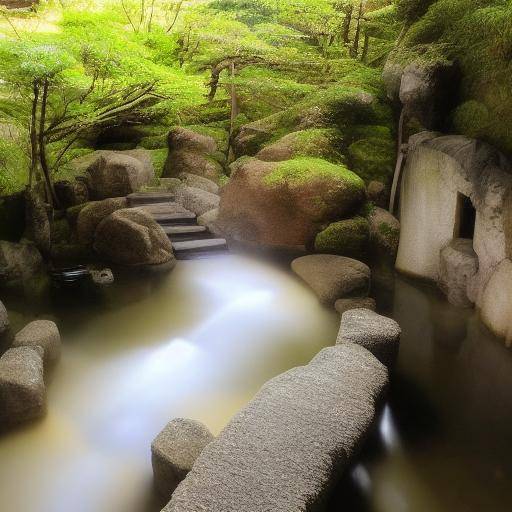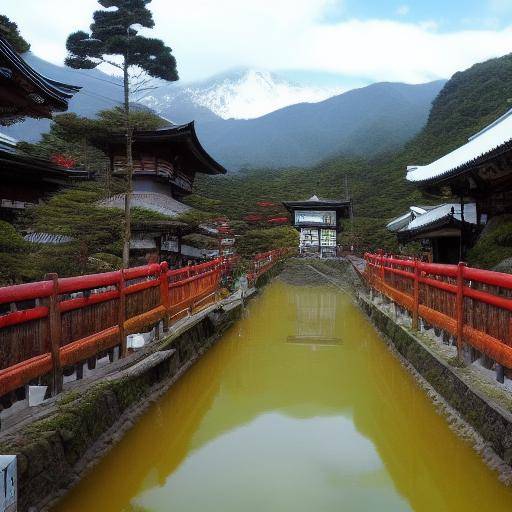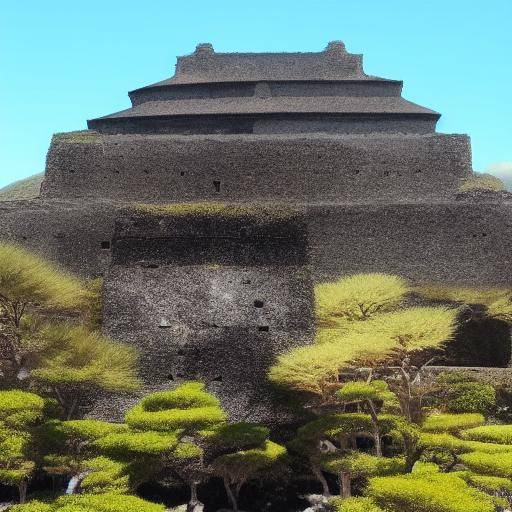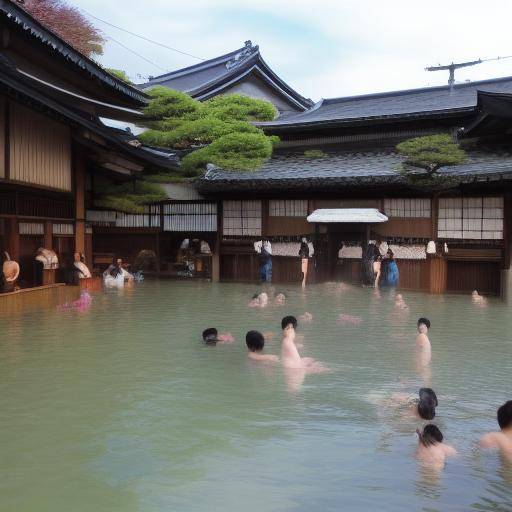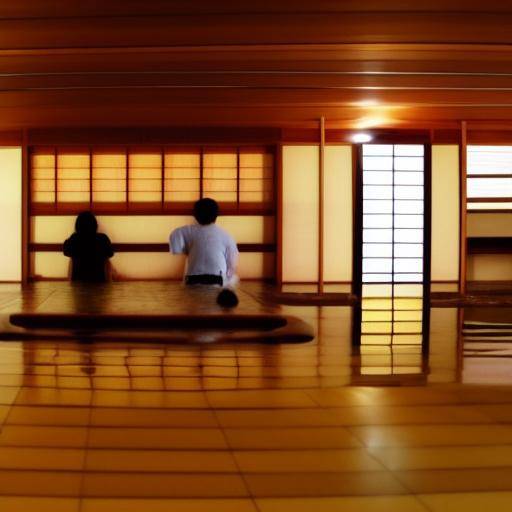
Introduction
In the picturesque heart of Japan, the city of Kyoto hosts a spiritual and architectural wealth that captivates travelers from around the world. Its temples, guardians of centuries of history and tradition, offer an incomparable look at the essence of the rising sun country. From the serenity of its Zen gardens to the majesty of its centuries-old structures, the temples of Kyoto reveal the deep connection between spirituality and Japanese architecture. In this article, we will thoroughly explore the historical evolution, contemporary relevance and future prospects of these sacred enclaves, as well as their impact on the Kyoto region and Japan as a whole.
History and Background
The history of the temples of Kyoto dates back centuries, when the city was the capital of Japan and a renowned spiritual and cultural centre. The construction of the first temples took place during the Asuka period and was characterized by the influence of imported Buddhism from China and Korea. Over time, Kyoto became a crucible of architectural and spiritual development, leading to a proliferation of temples representing various schools of thought and architectural styles.
In this sense, the Kinkaku-ji temple, known as "The Golden Pavilion", stands out as an icon of the connection between spirituality and architecture in Kyoto. Originally built as a recreational villa for a shogun, the temple became a symbol of spiritual serenity after being transformed into a place of worship.
Analysis in Deep
The beauty of the temples of Kyoto transcends the aesthetic, serving as epicenters of spiritual practices rooted in Japanese culture. These shrines offer visitors an opportunity to immerse themselves in meditation, contemplation and learning of ancient philosophies.
Today, the temples of Kyoto face significant challenges in terms of conservation, tourism management and adaptation to contemporary demands. However, the preservation of these cultural treasures is fundamental, and sustainable renewal and promotion programmes are being implemented to ensure their legacy for future generations.
Comprehensive review
The temples of Kyoto not only play a crucial role in the preservation of cultural heritage, but they are also pillars of the local community and contribute to the tourist attraction of the region. In addition, these sacred sites serve as scenarios for festivals and events that celebrate Japanese traditions, attracting avid visitors from authentic experiences.
Comparative analysis
By comparing the spiritual and architectural wealth of Kyoto to other destinations in Japan, significant differences are revealed in terms of cultural influences, architectural styles and religious practices. While Kyoto stands out for its conservation of traditional aesthetics, other regions of the country exhibit an equally impressive diversity that reflects Japan's spiritual and heritage wealth as a whole.
Practical Tips and Accessible Tips
When visiting the temples of Kyoto, it is important to respect the rules of behavior, such as label and silence. In addition, taking time to understand the symbolic meaning of architecture and ritual practices can significantly enrich the visitor's experience.
Industry Perspectives and Expert Reviews
Experts on the conservation of Japanese heritage and architects offer complementary views on the importance of preserving and adapting the temples of Kyoto for future generations. The temples of Kyoto, with its impressive fusion of spirituality and architecture, continue to be lighthouses in the cultural and tourist landscape of Japan. With a deep understanding of its history and its influence on contemporaryity, travelers can truly appreciate the timeless magic that dwells in these venerated shrines.
Conclusion
In conclusion, the temples of Kyoto remain living witnesses of Japan's rich spiritual and architectural tradition. Their ability to excite, inspire and transcend time makes them invaluable treasures that deserve to be explored and preserved for future generations.
FAQs
1. What is the most famous temple in Kyoto?
The most famous temple of Kyoto is the Kinkaku-ji, also known as "The Golden Pavilion", recognized by its impressive structure covered in golden leaves.
2. What spiritual practices are carried out in the temples of Kyoto?
The temples of Kyoto host a variety of spiritual practices, including meditation, tea ceremonies, Zen gardening and religious rituals.
3. What is the best time to visit the temples of Kyoto?
The spring, during the flowering of the cherry trees, and the autumn, when the trees display their reddish colors, are considered the best times to visit the temples of Kyoto.
4. What is the historical importance of the temples of Kyoto?
The temples of Kyoto witness the rich history of Japan, hosting art, architecture and traditions dating back centuries.
5. How do you care for the preservation of the temples of Kyoto?
The preservation of the temples of Kyoto is carried out through programmes to restore, maintain and promote sustainable practices.
6. How do you access the temples of Kyoto from the center of the city?
The temples of Kyoto are accessible from the city centre through various public transport routes, such as trains and buses, which connect visitors with these cultural jewels.
With a unique combination of history, spirituality and architectural beauty, the temples of Kyoto remain an inexhaustible source of wonder and reflection for those who have the fortune to visit them. The transcendence of these sacred places will persist over time, enriching the souls of those who seek to immerse themselves in the purest essence of ancient and modern Japan.



